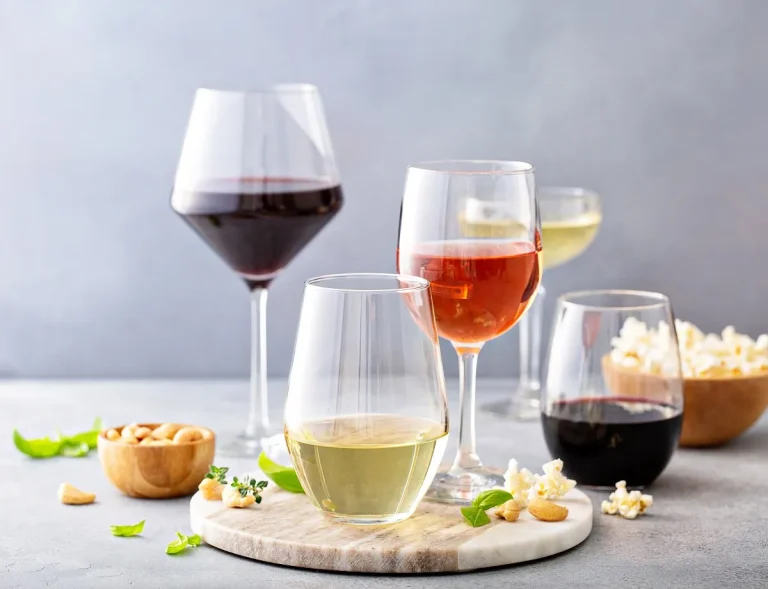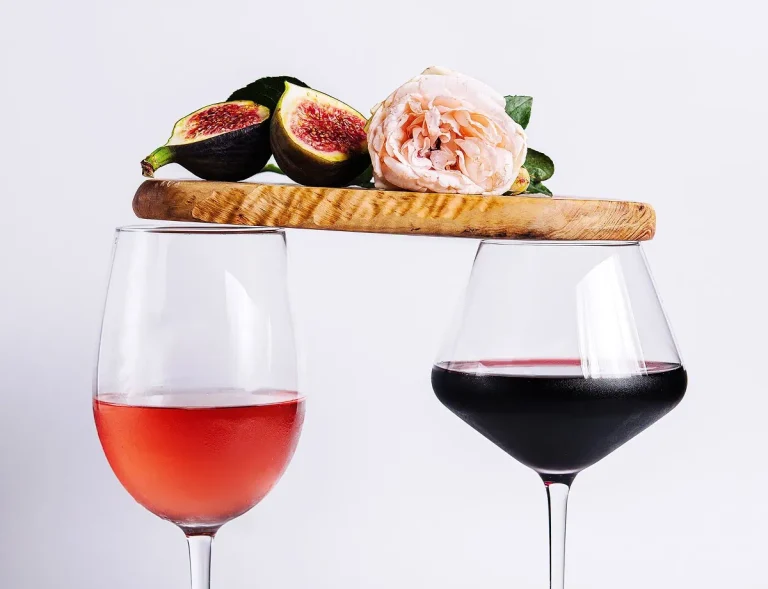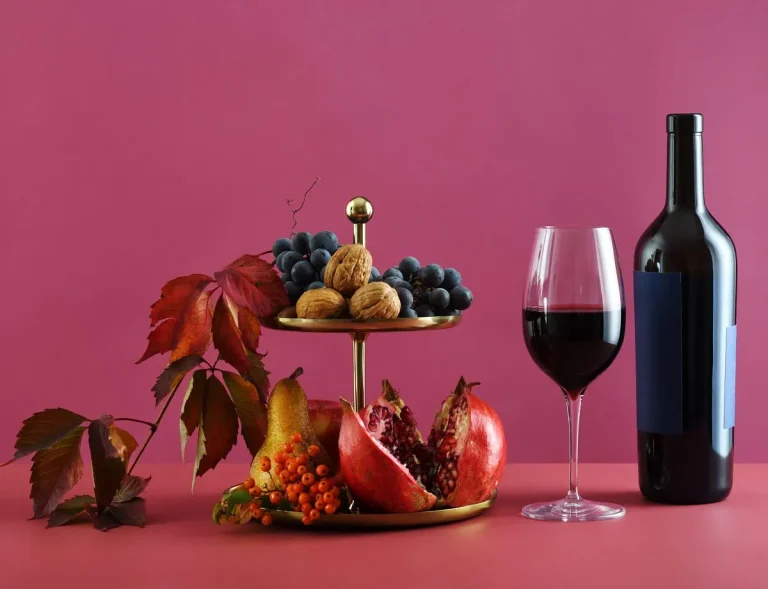🎁 Buy 6 Bottles, Get 6 FREE
Dry vs Off-Dry Wine
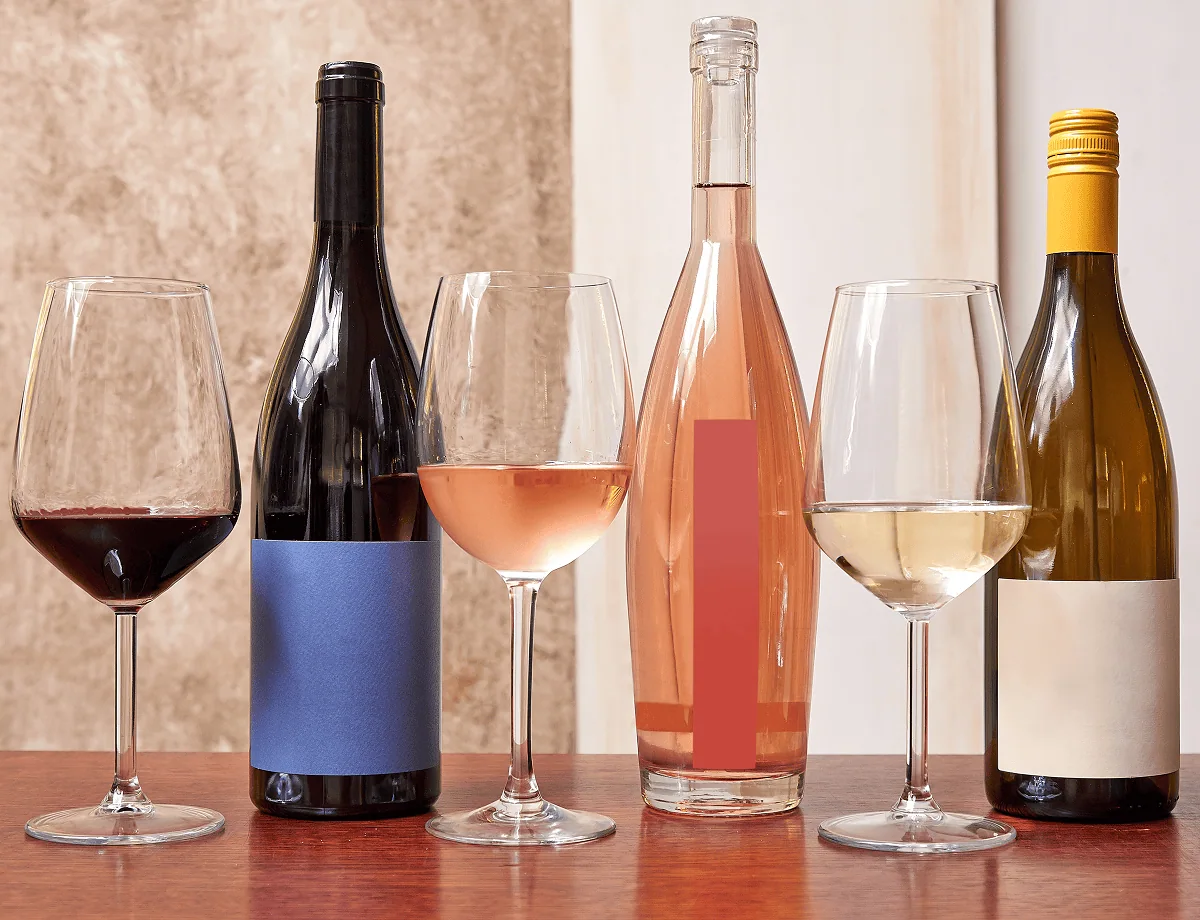
The main distinction lies in residual sugar: dry wines contain very little to none (generally under 1% or about 10 g/L), while off-dry wines retain a small but perceptible amount (typically 1–3% or 10–30 g/L) because fermentation is not fully completed. Dry wines are usually crisp and refreshing, whereas off-dry wines show a hint of sweetness or fruitiness that softens their acidity.
You’re staring at a wine list. One wine is labelled “dry”, another says “off-dry”. You like flavour, but not syrup. Do you go for dry or take a gamble on off-dry?
Don’t worry — this guide is your shortcut to understanding the difference between dry vs off-dry wine, and knowing exactly what to expect when you pop the cork.
Want a full rundown of dry reds, whites, and rosés? Explore our complete guide to dry wine types to level up your wine knowledge.
What “Off-Dry” Really Means
Dry Wine Defined
In the wine world, “dry” doesn’t mean dusty or bitter — it simply means there’s little to no residual sugar left after fermentation. The yeast converts nearly all the grape sugar into alcohol, leaving behind a wine that isn’t sweet, but instead sharp, savoury, or structured.
Dry wines can be:
- Crisp and mineral (think Chablis)
- Bold and tannic (like Cab Sav)
- Bright and citrusy (hello, Sauvignon Blanc)
They’re about nuance, not sugar.
Off-Dry Wine Defined
“Off-dry” wines live in that delicious grey area: not sweet, but not bone-dry either. They contain a touch of residual sugar — just enough to round out the edges and add a gentle kiss of sweetness.
Think of them as the flirty middle ground between dry and dessert wine.
These wines often feel:
- Soft and juicy without being sugary
- Balanced and refreshing
- Fantastic with spicy or salty dishes
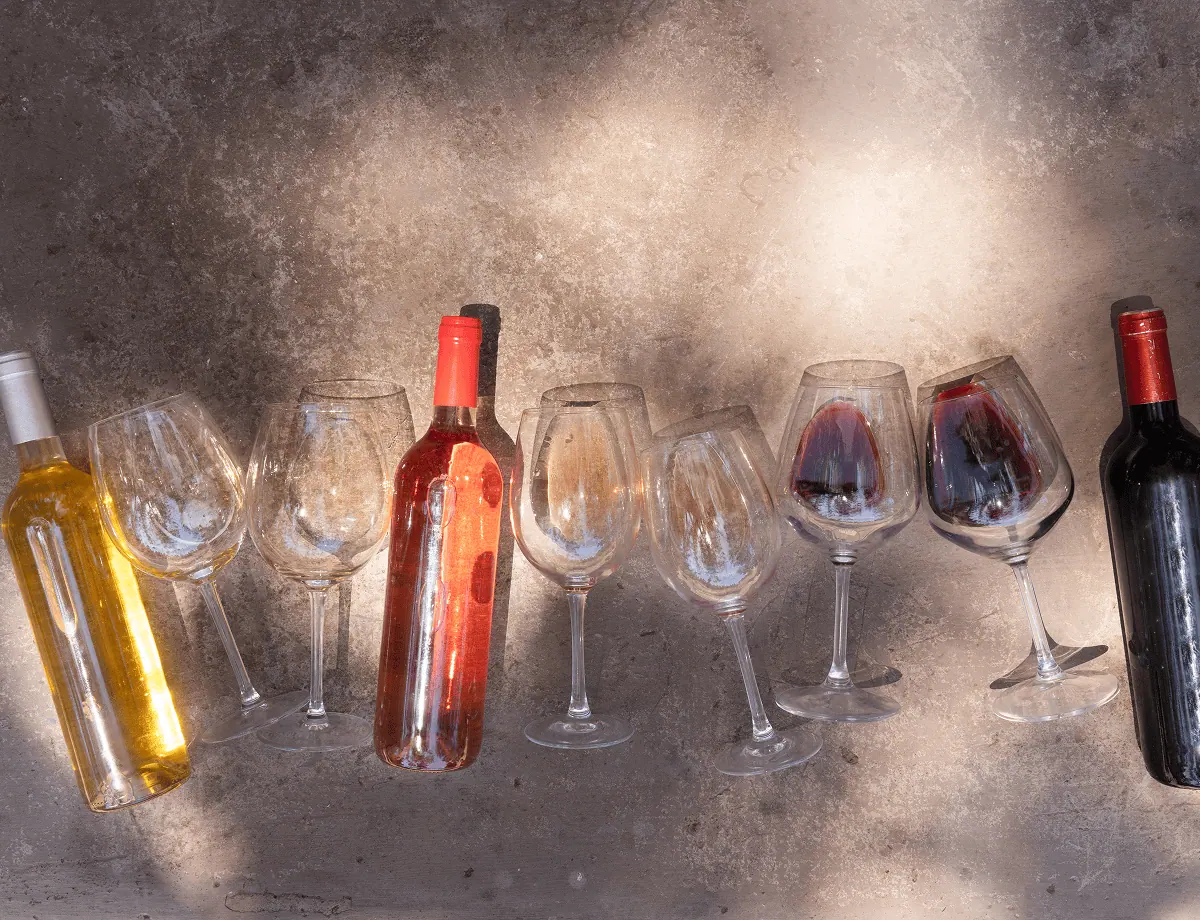
Dry vs Off-Dry Wine: Taste & Labels
Taste Test
Here’s how your palate can help you spot the difference:
- Dry wine feels crisp, zippy, or sometimes tannic. You may notice citrus, earth, or herbs, but there’s no sweet finish.
- Off-dry wine has a smooth, slightly sweet note at the end. Not syrupy, just soft — like biting into a just-ripe pear.
🍷Pro tip: Taste a dry Riesling vs. an off-dry Riesling back to back. You’ll never mix them up again.
Checking the Label
Wine labels can be cryptic, but there are clues:
- Dry wines often say “dry”, “brut” (for sparkling), or use grape names like Sauvignon Blanc, Chardonnay, or Cabernet Sauvignon.
- Off-dry wines may say “off-dry”, “extra dry” (especially for Prosecco), or “demi-sec” (for sparkling). Some may hint at sweetness with words like “fruity” or “aromatic”.
And if you want to geek out:
- Dry wines = typically under 4g/L of residual sugar
- Off-dry = around 4–12g/L
Popular Examples of Dry vs Off-Dry Wine
Popular Dry Wines
- Sauvignon Blanc – Herbaceous, citrusy, zesty. Ultra-refreshing.
- Chardonnay – Can be bright or buttery, always dry.
- Cabernet Sauvignon – Full-bodied with bold tannins.
- Pinot Noir – Light, elegant, earthy, and always dry.
Want to dive deeper into what makes dry reds so special? Check out our complete guide to dry red wines.
Top Picks for Off-Dry Wines
- Riesling – Often off-dry unless labelled “trocken” (dry). Great with spice.
- Gewürztraminer – Floral and exotic, with hints of lychee and rose.
- Prosecco (“Extra Dry”) – Ironically, slightly sweet.
- Off-Dry Rosé – Fruity, approachable, and crowd-pleasing.
Find Your Perfect Balance
The key to choosing between dry vs off-dry wine is understanding your own taste preferences and pairing choices.
- Love crisp, zippy wines with seafood or salads? Go dry.
- Prefer a smooth finish with Thai food or aged cheese? Try off-dry.
Still undecided? Host a mini tasting: pick one dry and one off-dry wine, pair them with different dishes, and see which makes your taste buds dance.
Dry wines challenge your palate. Off-dry wines comfort it. Both are worth exploring, and both belong in your wine rack.Next time you’re choosing between “dry” and “off-dry”, you won’t guess — you’ll know.
